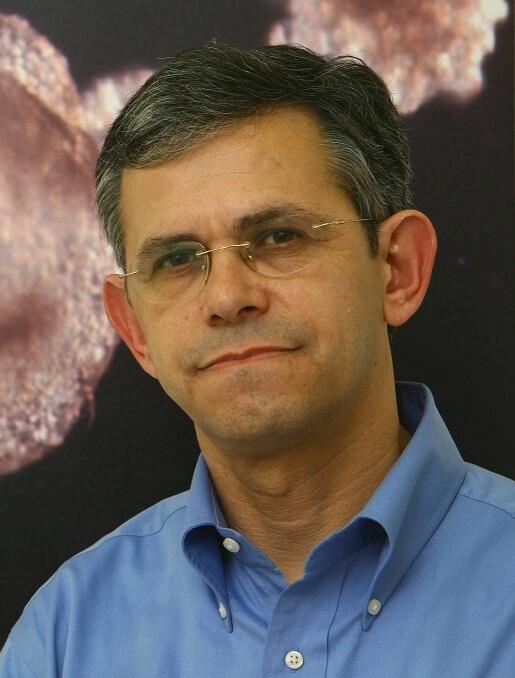The lack of expression of the gene is a result of the expansion of abnormal DNA repeats in the control region that dictates the activity of the gene.

Researchers at the Hebrew University succeeded for the first time in producing nerve cells from stem cells of patients with fragile X chromosome syndrome, the most common cause of hereditary mental retardation in boys that affects hundreds of thousands of patients worldwide. The researchers also managed to find a substance that enables the renewal of the activity of one of the genes that causes the syndrome.
The research was conducted by research student Uri Bar-Nor and graduate student Inbal Caspi under the guidance of Prof. Nissim Benvanisti from the Institute of Life Sciences at the Hebrew University of Jerusalem and was recently published in the prestigious Journal of Molecular Cell Biology. The researchers found for the first time that a drug that prevents DNA methylation can specifically affect the nerve cells that cause symptoms in fragile X chromosome disease.
Fragile X chromosome syndrome is caused by a lack of expression of the FMR1 gene, which produces a protein that is essential for the normal cognitive activity of nerve cells in the brain. Expression of a gene is the process in which a protein is created based on the information found in the DNA molecules. Accordingly, when a gene is not expressed, no protein is produced. In the case of the fragile X chromosome syndrome, the lack of expression of the gene occurs even though the DNA sequence containing the knowledge that codes for the protein produced from the gene is normal.
The lack of expression of the gene is a result of the expansion of abnormal DNA repeats in the control region that dictates the activity of the gene. As a result, there is an abnormal addition of methyl molecules, in a process called methylation, to the control region of the gene. Methyl molecules are important in controlling gene expression. Linking of these molecules to the DNA characterizes situations of lack of gene expression and hence lack of protein. According to the research theory, the syndrome can be treated with the help of substances that will "remove" the methyl molecules from the control area and thus the normal activity of the gene will be restored.
In order to conduct the tests, the researchers needed nerve cells in which the gene is not expressed. To this end, the researchers used an innovative technology of "reprogramming" in order to create pluripotent stem cells from skin cells of patients with the syndrome. Pluripotent stem cells are unique in their ability to differentiate and become any type of human cell under culture conditions and the researchers took advantage of this feature in order to transform the stem cells into nerve cells.
"The substance we found was able to separate the methyl molecules from the control regions of the gene, thereby causing its reactivation in both the stem cells and the neurons in the culture," explains Bar-Noor. "The ability of this substance to remove methyl molecules from control regions of genes has been known for years, and it is even used as a medicine in other diseases, but this is the first time that its successful use has been demonstrated in nerve cells of patients with fragile X chromosome syndrome."
The researchers also showed that after the gene returns to being expressed in the cells, there is no need for prolonged administration of the substance. The control areas remain "clean" of the methyl molecules and the gene continues to be expressed in them even without it, which encourages the possible use of the substance as a medicine.
"Although the distance between the reactivation of the gene in patient cells in culture and its activation in the patients themselves is still great, the discovery that the activity of the gene can be renewed in damaged nerve cells from patients opens the door to investigate its reactivation in them as well," concludes Bar-Noor.
